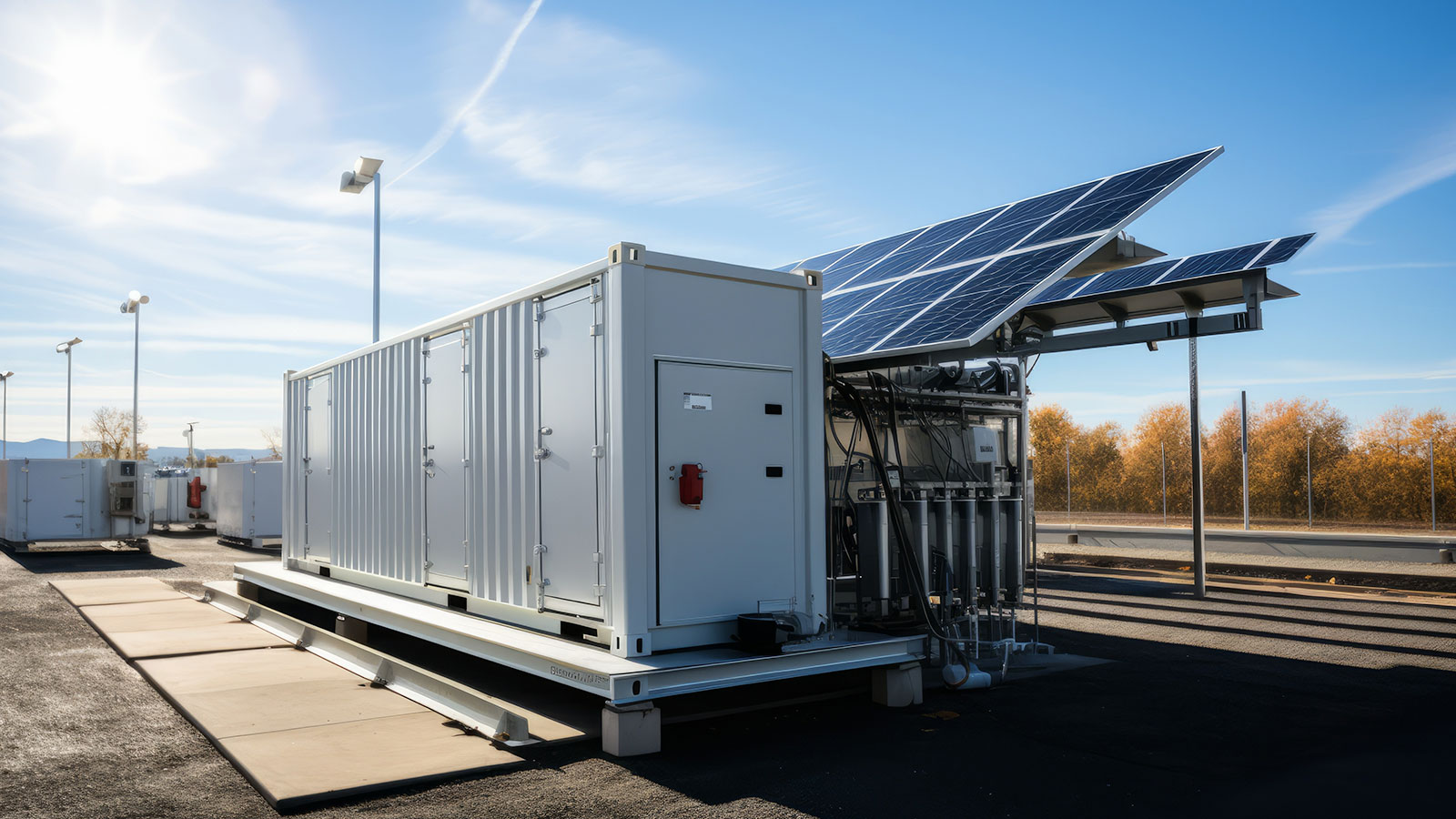As another winter draws to a close, it has once again revealed some cracks in the UK’s energy infrastructure. David Rimmer, Microgrid Business Leader UK&I, Schneider Electric UK & Ireland, believes that decentralised microgrids could be the solution.
A couple of months ago, Storm Isha became the latest extreme weather event to wreak havoc, leaving many households and businesses grappling with severe power outages. At the height of the storm, hundreds of thousands of people across Northern Ireland, Scotland, England and Wales were left without power.
It’s not only during storms that we have a power problem. In fact, recent research found that nearly 66% of UK residents have experienced power cuts, lasting an average of two and a half hours. It’s clear that we’ve reached an impasse: our existing energy infrastructure is no longer fit for purpose. It is struggling under the weight of more frequent extreme weather conditions, demand fluctuations, and momentous changes to baseloads (i.e. the minimum electrical current necessary to power constantly running components), historically supported by fossil fuels.
Most existing electric grids in the UK are decades old, built for a time when electricity needs were less complex. As global energy demand – which is expected to increase by 47% in the next 30 years – continues to grow, action must be taken today to ensure that we can meet that demand, keep the power on and curb emissions all at the same time.
Building a resilient power network
As a nation, we demand a lot of the grid, particularly during the winter months. Recent usage spikes and the knock-on effects of extreme weather events have emphasised the need for a more resilient power network. Investing in a smarter, decentralised grid based on a network of microgrids will help us to bring our infrastructure into the 21st century.
Microgrids are self-contained electrical networks that enable you to generate your own electricity on-site and use that energy when you need it. A microgrid system can connect to the primary utility grid, store excess energy in battery energy storage systems, or ‘island’ to autonomously distribute energy locally even when disconnected from the centralised grid. This means that one central point of electrical generation is transformed into literally thousands of points – turning our homes and businesses into more self-sufficient producers of energy.
A smarter approach to energy management
Microgrids are managed by smart digital tools that constantly monitor the network’s performance in the same way a fitness watch monitors your health. This process helps to identify weak spots and stress points, enabling a faster response and recovery when it comes to blackouts by routing power to where it’s needed the most, or dispatching engineers to downed power lines.
This is one of the key advantages of adopting such technology. Imagine the grid powering your facility suffers an outage. Using the intelligent controls from your system, you can automatically switch your energy source from the main grid to your on-site microgrid, minimising the amount of downtime incurred from the outage. In addition to acting like insurance policies for uninterrupted supply, microgrids can also boost energy efficiency efforts by feeding any excess energy back into the system, reducing waste.
To add to this, microgrids can be rolled out at a quicker pace than national grid upgrades, and at a fraction of the cost. A decentralised model would also accelerate the process of decarbonisation as we move away from fossil fuels. It would bolster our energy supply, cut energy costs, while minimising disruption in the event of high winds, flooding and freezing weather.
With extreme weather events becoming increasingly common and the demand for affordable, low-emission energy growing, it is more critical than ever that the industry and the government come together to modernise our infrastructure. After all, resilient infrastructure is a crucial enabler of productivity and economic development. In order to ensure that we are ready for next winter’s storms – and the new energy revolution – we must act today.


